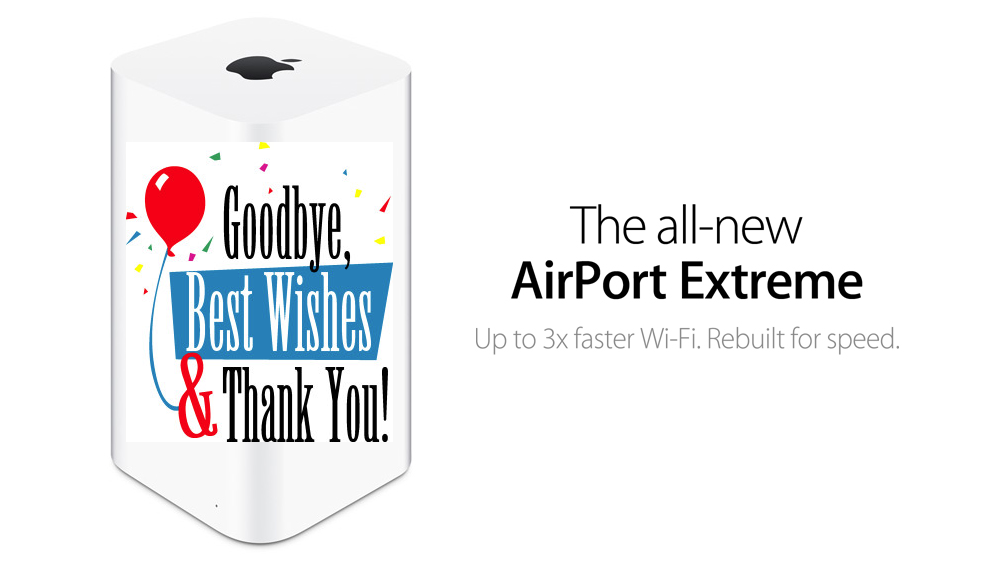
After many years of trouble-free service, I will be retiring my Apple AirPort network next week.
This was not a decision that I made lightly. Apple quietly discontinued their AirPort Extreme, Express, and Time Capsule devices a several years ago. Since then, Apple did release a few software updates for the Extreme and Time Capsule base stations. With Apple’s growing focus on customer privacy, I was hoping against hope that the iPhone maker would have a change of heart when they announced HomeKit Wi-Fi router support during the 2019 WWDC event. The announcement I am optimistically hoping for hasn’t come yet. A year later, with everyone working from home, my poor six-year-old Wi-Fi network is having trouble keeping up with the myriad of devices on the network. And, to keep the peace in the house, the time to act is now.
The big question on my mind was what company should I turn to for home wireless networking? And what kind of network did I want? Did I want a traditional Wi-Fi network with a single base station? Or would I prefer one of the newer multi-node mesh networks? And, finally, how much was all of this new gear cost?

As it turns out, I knew that I wanted to have one of those fancy new Wi-Fi mesh networks. Netgear was an obvious choice. Synology, best known for their network attached storage devices, also make wireless mesh network gear. D-Link was also an option. I turned to the New York Times’ The Wirecutter crew for help sorting out the best products to look at.
After much internal debate, I chose erro as the vendor for my next Wi-Fi network. I have to admit, that I am concerned about data being leaking between eero and parent company Amazon. Zack Whittaker has a good write up of Amazon’s purchase of eero and what it means for customers over on TechCrunch. Considering how much purchasing my family and I do on Amazon, I quickly realized that Amazon already has close to two decades of purchasing history for me. The other consideration is that I’m sure my ISP is harvesting every bit of data they can from my connection for marketing insight or to package and sell as a revenue booster. With all of this in mind, shouldn’t I maximize my ease of use? I felt that I wanted something as easy to use and robust as my outgoing AirPort network. So eero it is then.
But, what system should I get? My cable modem is in the basement. The heaviest network consumers, my teenage kids, are two floors away in their bedrooms. Any solution I decide on needs to cover all three floors of our home’s living space. To make sure that I have the best signal possible for all three floors, I took what I hope is the overkill option: three eero Pro base stations, with two acting at extender satellites. I decided on the three eero Pro option because it is rated for more than twice the footprint of my home. The second generation eero Pro also has a dedicated wireless band for data backhaul between the nodes in the network. I also like the modularity of the eero system. It will be easier to include newer eero nodes to the network as needs change and updates are released.
Satisfied with my decisions, and looking forward to years of trouble-free service, I am looking forward to installing the new Wi-Fi gear. As a tech nerd, who doesn’t love new toys to play with.
Epilogue
As I have learned from many years of reading comic books, no one ever really dies in comics. The same is true for my AirPort network. With all of the HomeKit accessories that I have purchased and that I am planning to install in the near future. A repurposed AirPort network seems like a good reuse of my existing equipment.





